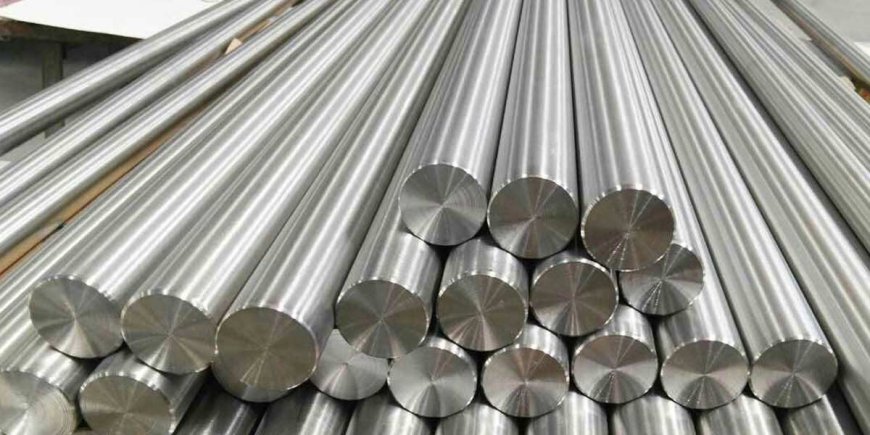Exploring the Differences Between Inconel Bars and Rods
Explore the distinct characteristics and applications of Inconel bars versus rods in our detailed comparison guide.
Exploring the Differences Between Inconel 600 Bars and Rods
Inconel 600 is a nickel-chromium alloy recognised for its superior resistance to heat, oxidation, and corrosion. When choosing between Inconel 600 bars , it's crucial to understand how each form differs in terms of its characteristics, applications, and manufacturing processes.
Inconel 600 Bars:
- Characteristics:
- Solid cylindrical shapes, typically with larger diameters.
- High strength and resistance to heat and oxidation.
- Suitable for applications requiring structural integrity and robustness.
- It can be forged, machined, and welded easily.
- Applications:
- Aerospace components, where high strength and resistance to temperature extremes are critical.
- Furnace components, such as muffles and radiant tubes.
- Chemical processing equipment, due to its corrosion resistance in aggressive environments.
- Manufacturing:
- Produced by hot rolling or forging processes to achieve the desired diameter and length.
- Available in various sizes and lengths to suit different industrial applications.
Inconel 600 Rods:
- Characteristics:
- Long, thin, cylindrical shapes with precise diameters and lengths.
- It is often used in applications requiring tight tolerances and surface finishes.
- Machined to exact specifications for use in bolts, fasteners, and shafts.
- Applications:
- Fasteners and threaded rods in high-temperature environments.
- Precision machining applications where dimensional accuracy is crucial.
- Electrical components and connectors, due to their electrical resistance properties.
- Manufacturing:
- Produced through processes like cold drawing or machining to achieve precise dimensions.
- Surface finishes can be polished or ground to meet specific requirements.
Key Differences:
- Shape and Dimensions:
- Bars are typically thicker and have larger diameters than rods, which are thinner and longer.
- Applications:
- Bars are preferred for structural applications requiring strength and durability.
- Rods are chosen for applications needing precise machining and dimensional accuracy.
- Manufacturing Requirements:
- Bars are often produced through hot rolling or forging.
- Rods are manufactured to achieve tight tolerances and smooth surface finishes.
Conclusion:
Choosing between Inconel 600 bars and rods counts largely on your project's precise requirements. Bars offer strength and reliability for structural applications, while rods provide versatility and precision for machining and assembly. Understanding these distinctions ensures that you select the optimal form of Inconel 600 to meet your industrial needs effectively.
For expert advice on selecting the right form of Inconel 600 Rod or to discuss your specific requirements, contact [Your Company Name]. We provide high-quality metal alloys tailored to various industrial applications, ensuring optimal performance and reliability.
What's Your Reaction?



























